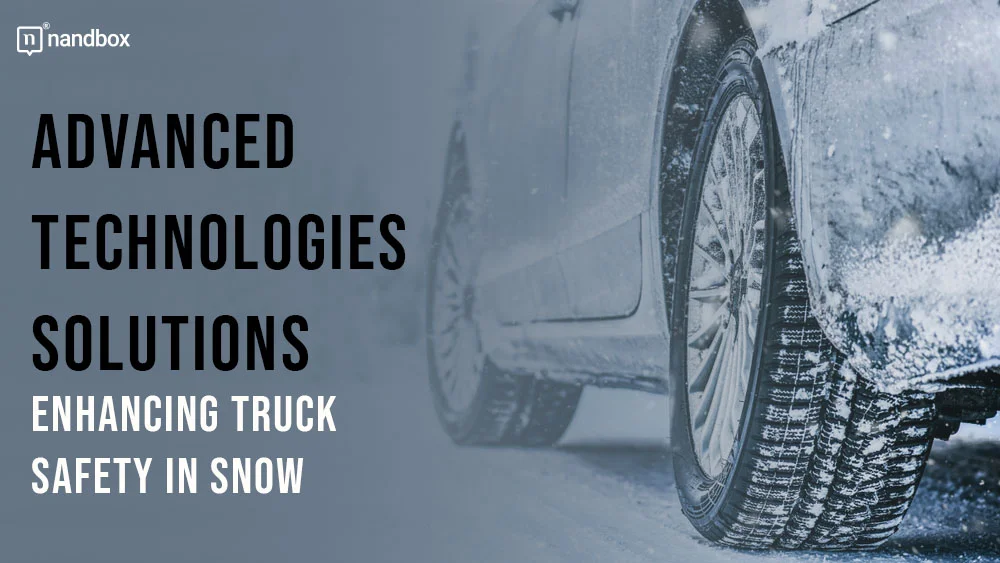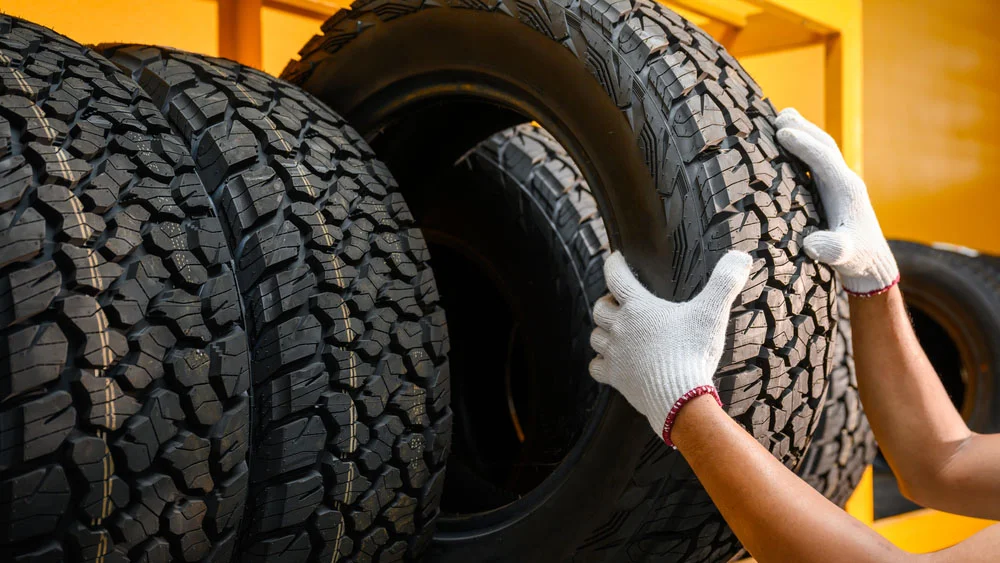Driving in winter conditions across the United States poses significant difficulties for truck drivers. Snowy roads, ice patches, and diminished visibility all contribute to a higher likelihood of accidents. Fortunately, with advanced technology solutions, we now have effective tools to reduce these risks and improve safety on the roads. Here, we explore five technological advances that can help tackle the age-old problem of truck accidents on snowy roads.
What Is the Scenario of Truck Accidents in the US in the Winter?
Car and truck accidents during the winter are a significant concern across the United States. The DoT says that over 70% of U.S. roads are in areas with annual snowfall exceeding five inches.
Annually, 24% of weather-related vehicle accidents occur on snowy, slushy, or icy surfaces, while 15% take place during snowfall or sleet. These conditions result in over 1,300 fatalities and more than 116,800 injuries annually.
The situation is particularly challenging for truck drivers, who struggle to control their heavy vehicles in these hazardous conditions. This high incidence of accidents underscores the urgent need for innovations to enhance safety and mitigate risks on winter roads.
Advanced Technologies Solutions: Advanced Driver Assistance Systems (ADAS)

Advanced Driver Assistance Systems (ADAS) have transformed vehicle safety, with Automatic Emergency Braking (AEB) being a key breakthrough. AEB utilizes sensors, cameras, and radar to identify obstacles or potential collisions.
The research highlighted by ScienceDirect indicates that vehicles fitted with AEB significantly lower the rate of police-reported rear-end crashes. Studies suggest a reduction of 34% to 50% in such incidents compared to similar vehicles lacking AEB technology. This is particularly crucial in snowy conditions where stopping distances are increased and road grip is diminished.
For instance, earlier this year, a fire truck slid on an icy St. Louis road and crashed into another vehicle. Spectrum News reported that the 56,000-pound fire truck was seen spinning more than 360 degrees in a video before it collided.
AEB can automatically apply the brakes to prevent or mitigate such collisions, enhancing safety and reducing accident severity.
As in Midwest regions like St. Louis and Michigan, where slippery roads are common, AEB can provide significant benefits. However, if an accident does occur, seeking the assistance of a Chicago or St. Louis trucking accident lawyer is essential.
These lawyers specialize in handling complex trucking accident cases and offer expertise in navigating legal and insurance processes. They perform detailed investigations to collect evidence and verify adherence to trucking regulations.
Additionally, they handle negotiations with insurance companies to ensure you receive fair compensation for any damages. TorHoerman Law notes that their expertise is essential in securing the justice and financial recovery you deserve after an accident.
Lane Departure Warning (LDW)
Another critical feature of ADAS is the Lane Departure Warning (LDW). Snow can obscure lane markings, making it difficult for drivers to stay within their lanes.
LDW systems alert drivers if they unintentionally drift out of their lane, helping to prevent side-swiping accidents and collisions due to lane departures. By maintaining lane discipline, especially in poor visibility, LDW enhances overall road safety.
Advanced Technologies Solutions: Anti-lock Braking System (ABS)
Anti-lock Braking Systems (ABS) have been a fundamental safety feature in vehicles for decades. ABS prevents wheel lock-up during braking, helping to maintain steering control and decrease the risk of skidding, especially on icy surfaces. In snowy conditions, where sudden braking can lead to a loss of control, ABS ensures that the truck can stop efficiently without losing traction.
Research from ResearchGate highlights that ABS enhances braking performance on wet surfaces by increasing the coefficient of friction by an average of 30%. It also reduces stopping distances by 37%. This suggests how essential this technology is for ensuring stability and control during emergency braking on slippery roads.
Traction Control Systems (TCS)
Traction Control Systems (TCS) are designed to limit wheel spin during acceleration, which is especially beneficial on slippery surfaces like snow and ice. When the system detects a loss of traction, it automatically reduces engine power or applies brakes to individual wheels to regain grip.
For truck drivers navigating snowy roads, Traction Control Systems (TCS) help maintain control during acceleration. They also prevent the vehicle from becoming stuck in deep snow or losing control on icy patches. This technology is essential for ensuring safe and smooth driving in winter conditions.
Will TCS work with all types of tires?
TCS is effective with most types of tires. However, its performance can be enhanced with tires designed for specific conditions, such as winter tires for snowy and icy roads.
Electronic Stability Control (ESC)
Electronic Stability Control (ESC) is a lifesaver in preventing skidding and loss of control. ESC continuously monitors the vehicle’s movement and detects when it deviates from the driver’s intended path.
In snowy conditions, ESC can apply brakes to individual wheels and adjust engine power to correct the vehicle’s trajectory, preventing spin-outs and rollovers. For trucks that have a higher center of gravity and are more prone to tipping, Electronic Stability Control (ESC) is essential. ESC helps maintain stability and control on challenging winter roads.
Advanced Technologies Solutions: Winter Tires
While not a high-tech gadget, winter tires are a technological advancement in their own right. Designed specifically for cold weather and snowy conditions, winter tires use specialized rubber compounds that remain flexible in low temperatures, providing better grip. They also feature unique tread patterns that enhance traction on snow and ice.
According to AP News, winter tires reduce stopping distances by 30% and lower the risk of sliding. This makes them more effective than all-season tires in reducing accidents and injuries.
For truck drivers, equipping their vehicles with winter tires can significantly improve handling, reduce stopping distances, and enhance overall safety during the winter months. Combining winter tires with advanced vehicle technologies creates a robust defense against winter road hazards.
How Often Should Winter Tires Be Replaced?
Winter tires should be replaced every 6 years or when the tread depth reaches 4/32 of an inch. Regularly inspect them for wear and check the tread depth to ensure they are still effective.
Overall, the winter season poses significant risks for truck drivers, with snowy and icy roads contributing to a higher incidence of accidents. However, advancements in vehicle technology are playing a pivotal role in mitigating these risks.
By adopting these technologies, we can decrease truck accidents on snowy roads and ensure safer journeys for everyone. As technology continues to evolve, we can look forward to even more sophisticated solutions to tackle the age-old problem of winter truck accidents.




